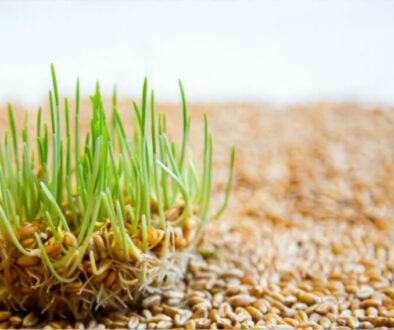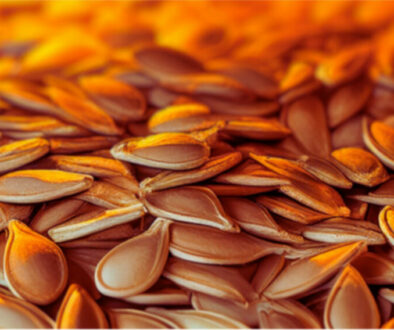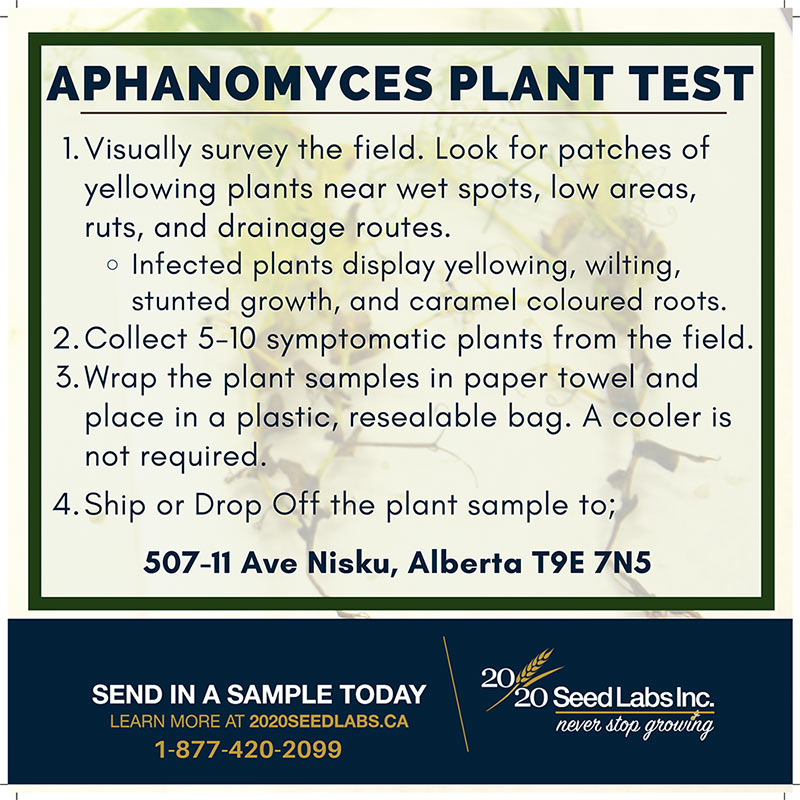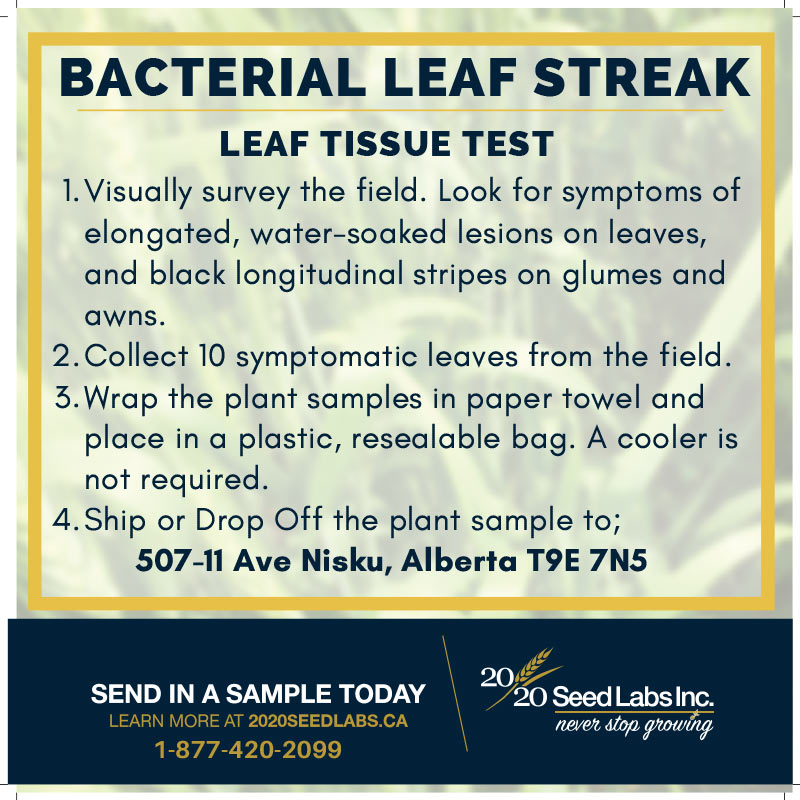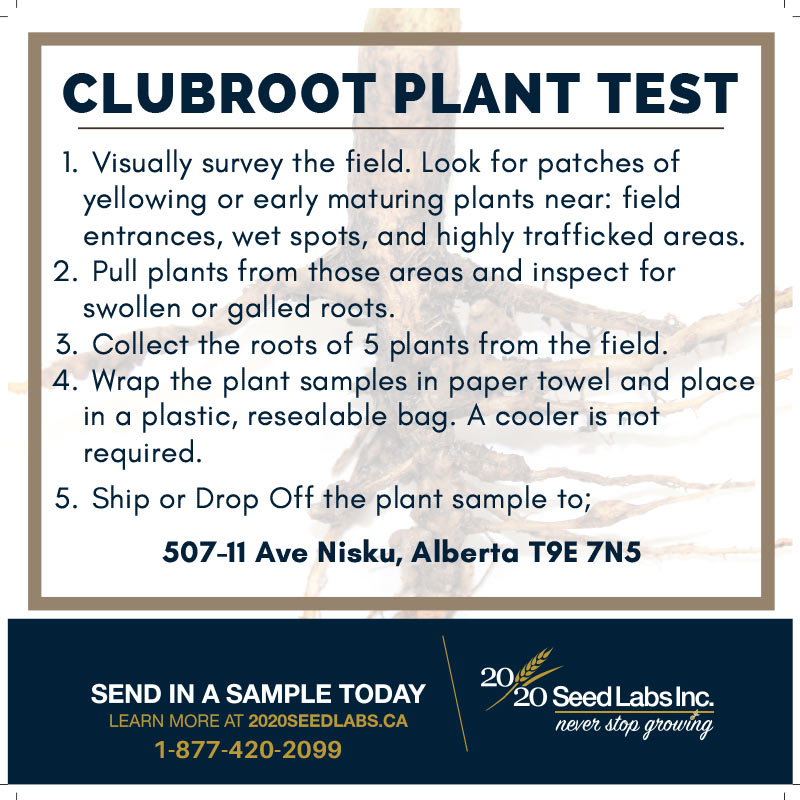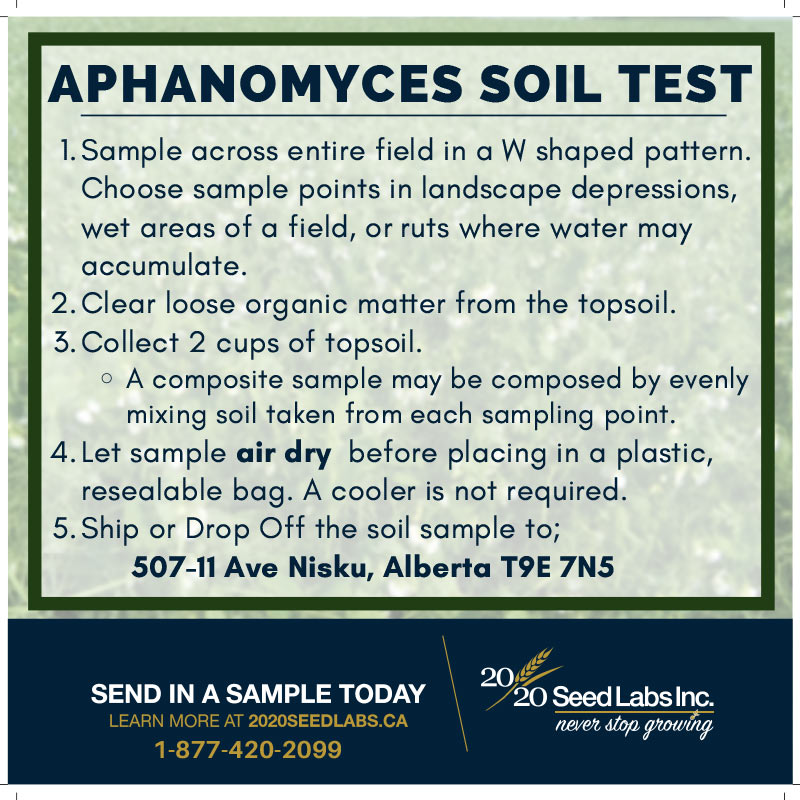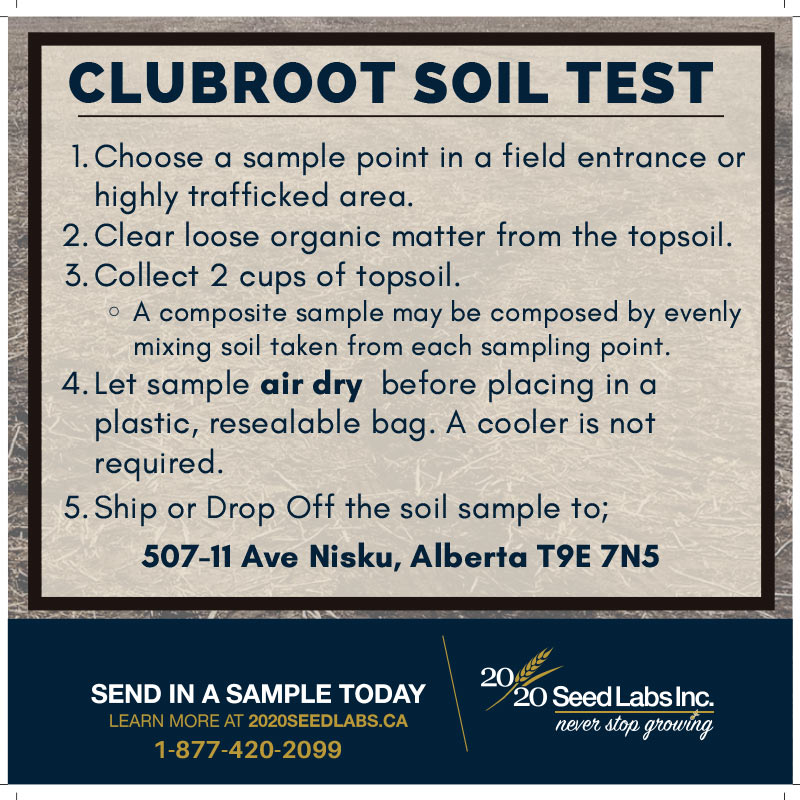
An article from Moses Palmer Senior Seed Analyst and Nisku Laboratory Manager
Herbicide resistance is a major threat to crop production in the prairies. Herbicide resistant weeds present a challenge for mono cropping systems and have severe impacts on yields ranging from 20 to 71% (Geddes et al, 2022). The potential yield losses attributed to weeds in North America are estimated to be about 53 billion USD per annum.
Canada currently has over 68 weed species with known herbicide resistance and is ranked number 3 in the world surpassed only by Australia and the United States of America (Heap, 2024). More novel resistance in weeds is being discovered and more resistance is expected under current management practices. The problem is compounded with the fact that no new actives are being discovered, and so farmers will need to adjust their management practices to slow down the development of resistance in their fields.
Herbicide resistance is the inherited ability of a plant to survive and set seed after experiencing a normal lethal dose of herbicide. Weeds use mainly 1 of 2 mechanisms to develop resistance to herbicides; binding site mutations or over production of enzymes that break down the herbicide into non-lethal by products. Weed populations have been identified that stack both mechanisms for resistance.
Examples of Herbicide Resistant Weeds in Canada Include
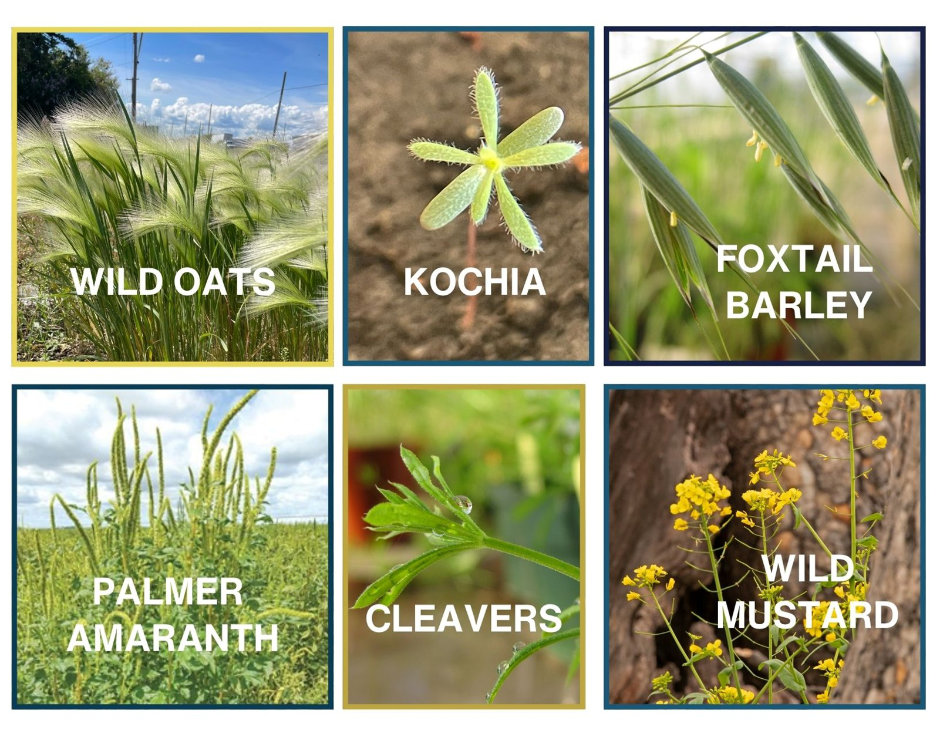 Common weeds with resistance to herbicides include Wild oats (Group 1, 2, 14 and 15), Kochia (Group 2, 4, and 14) and water hemp (Groups 2 and 14).
Common weeds with resistance to herbicides include Wild oats (Group 1, 2, 14 and 15), Kochia (Group 2, 4, and 14) and water hemp (Groups 2 and 14).
Management
- Applying herbicides to plants with the right staging is an effective way of managing resistance. Farmers need to actively scout their fields to determine the best stage to spray as herbicides are more effective on small weeds.
- Rotate herbicide groups. Constantly exposing weeds on your farm to one herbicide group or mode of action (MOA) increases the risk of developing resistance.
- Use the right herbicide at the recommended rate. Cutting the rates reduces the efficacy of the herbicides and increases the weed seed return to the soil seed bank. The effect of this will be noticed in subsequent seasons as the seeds int e soil begin to emerge.
- Test weeds in your field at the end of the season to determine which herbicide groups will be effective in controlling the weeds the next season.
Submitting samples to the lab for testing
- Print the Herbicide Resistance Seed Sample Submission Form
- Please collect only mature seeds as immature seeds are difficult to germinate.
- Air dry seeds at room temperature for a day or two before shipping.
- Ship only dry seeds packaged in a paper envelope (do not ship seeds in Ziplock bags as seeds may become moldy if not fully dry).
- Send only pure seed (no chaff). Samples that are submitted with chaff that require cleaning will attract an additional rough charge.
- Indicate the herbicide (s) you want the sample to be tested against.
References
Heap I. 2024. The International Herbicide-Resistant Weed Database. Available from www.weedscience.org [accessed 22 December 2024].
Geddes C.M., Tidemann B.D., Ikley J.T., Dille J.A., Soltani N., Sikkema P.H. 2022. Potential spring canola yield losses due to weeds in Canada and the United States. Weed Technol. 36: 884–890.


